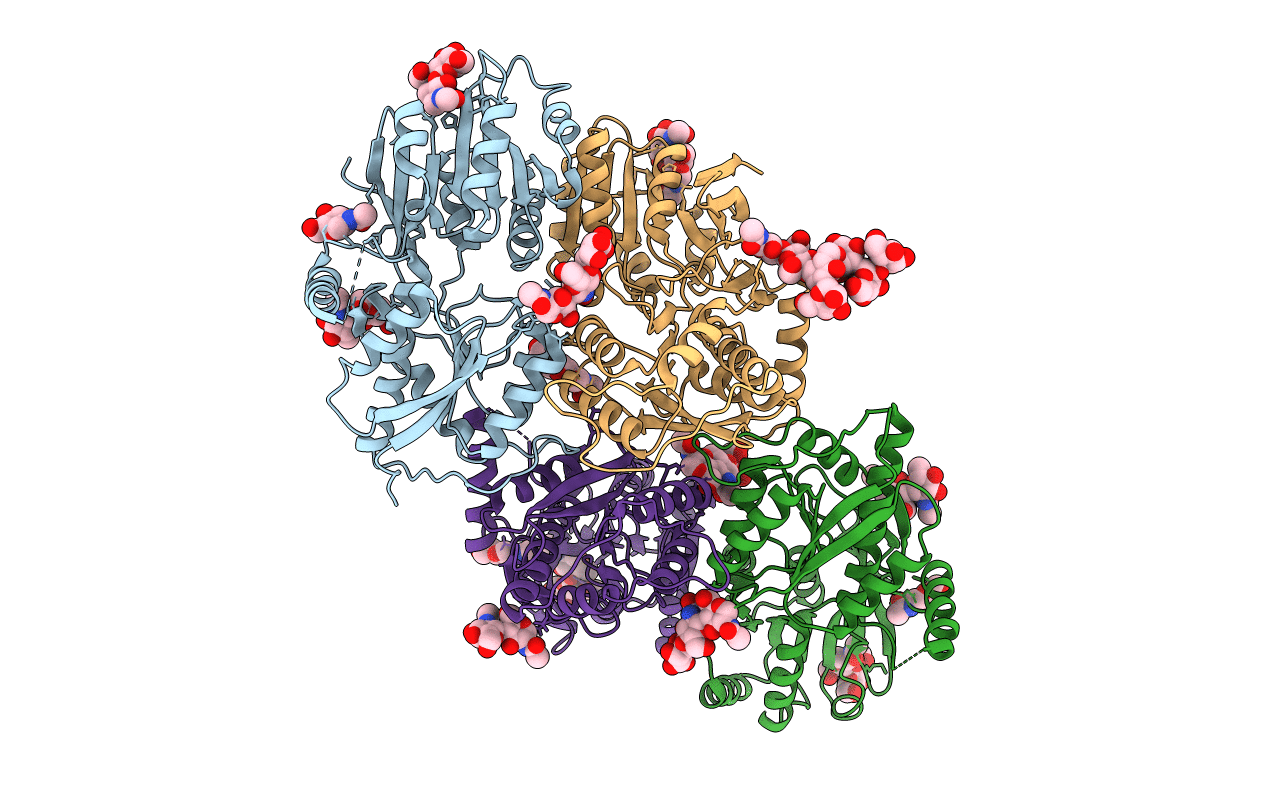
Deposition Date
2011-06-02
Release Date
2011-06-22
Last Version Date
2024-11-20
Entry Detail
PDB ID:
3SAJ
Keywords:
Title:
Crystal Structure of glutamate receptor GluA1 Amino Terminal Domain
Biological Source:
Source Organism:
Rattus norvegicus (Taxon ID: 10116)
Method Details:
Experimental Method:
Resolution:
2.50 Å
R-Value Free:
0.28
R-Value Work:
0.21
R-Value Observed:
0.22
Space Group:
P 21 21 21


